As proud owner-operators, we personally manage your project from start to finish.
At Crown Power you work directly with our directors. No middle man, no hassle. Contact us today, we guarantee a quality experience from start to finish.
At Crown Power you work directly with our directors. No middle man, no hassle. Contact us today, we guarantee a quality experience from start to finish.
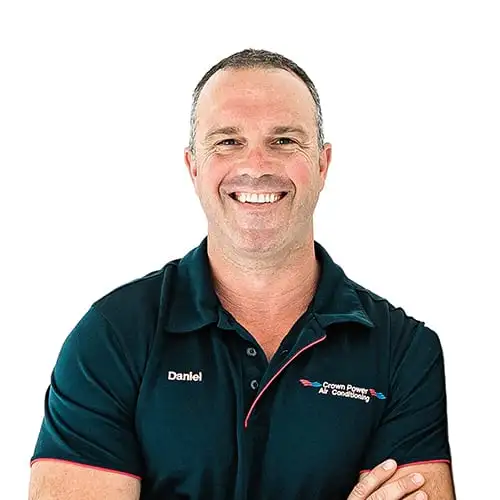
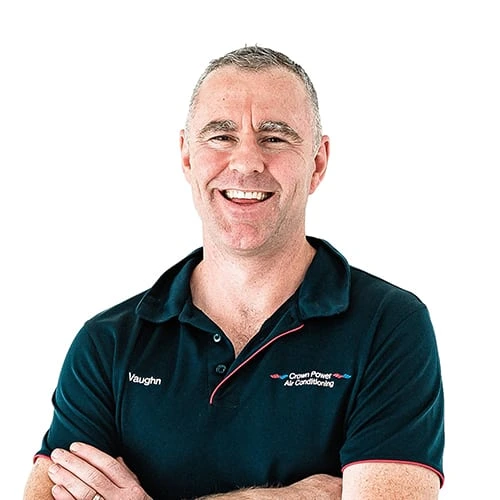
It's easy to see why so many Queensland locals choose Crown Power.
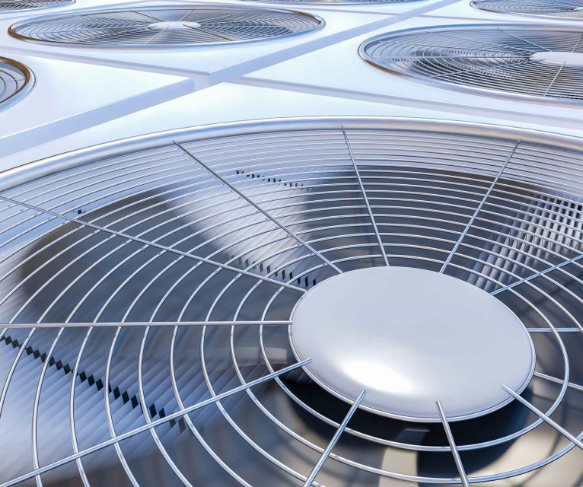
We are Brisbane’s air conditioning specialists. With over two decades of experience installing air conditioning in Brisbane, we will design, supply, and install the perfect climate control solution for your home or office.
Our professional services extend across Greater Brisbane and surrounding regions, including the Gold Coast, Logan, Ipswich, Moreton Bay, Redlands, and the Sunshine Coast. No matter where you’re located in South East Queensland, our experienced team is ready to assist.
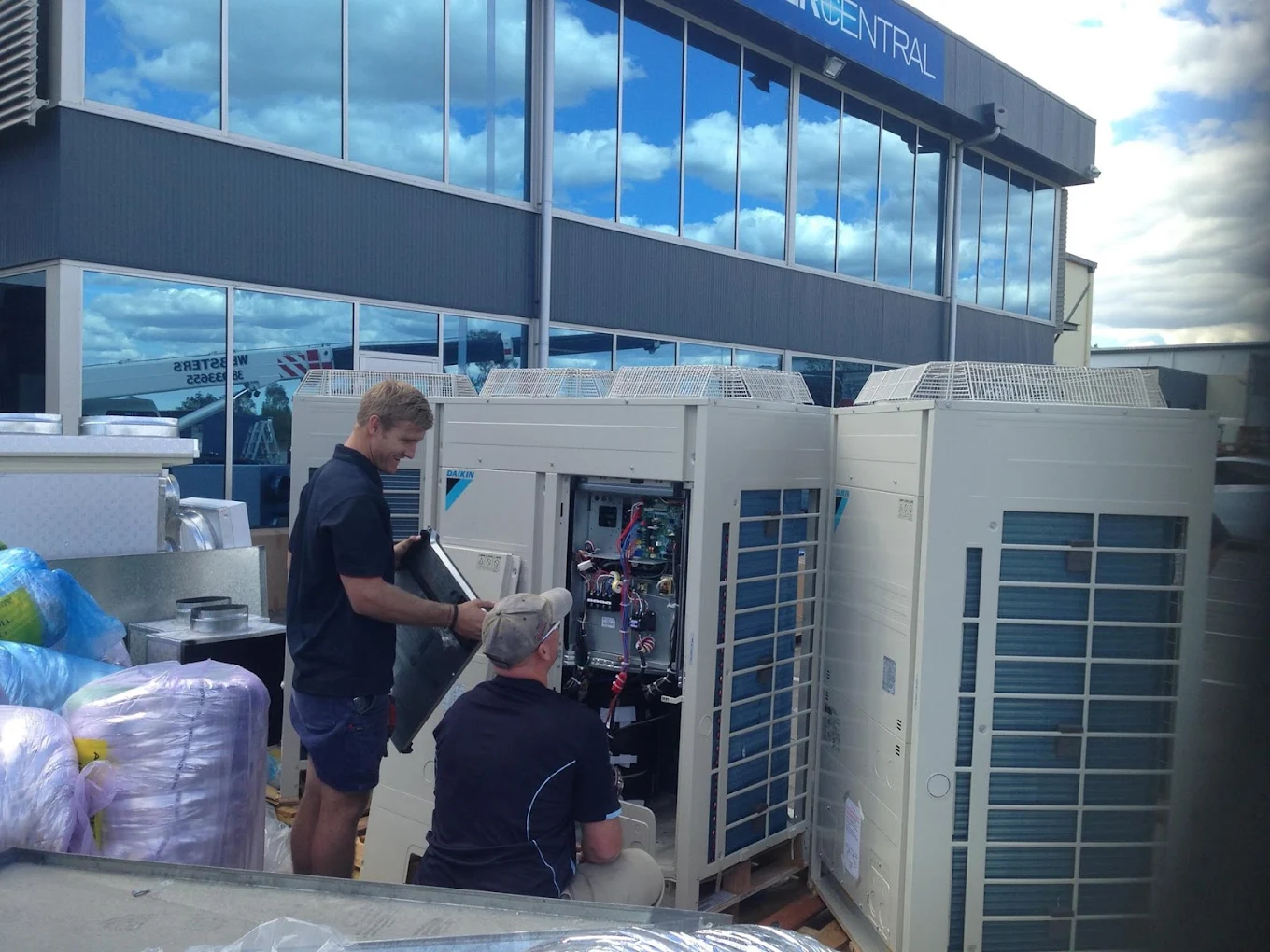
We install air conditioning systems for a comprehensive range of property sizes and types, whether homes, offices, or other commercial buildings across Brisbane and South East Queensland. Our expertise encompasses both residential and commercial air conditioning solutions, ensuring tailored comfort for homes and businesses alike. We can help retrofit an air conditioning system to an existing property, install a system for a new build project, or upgrade an existing one. Whatever your requirements, we will work together to determine your home’s ideal air conditioning system. We can also help to install an air conditioner where other companies have failed to do so.
Every property is different, so we begin by discussing your needs over the phone. If architectural plans are available, we will review them as the next step and then arrange a site visit to understand the installation options available. Our assessment usually includes:
Assessing your house plans (if available). If you’re installing a ducted system, we’ll determine the pitch of your roof and assess the position of the ducts.
Deciding whether to recommend a ducted or split system, depending on the space you want to cool, and the power needed to run it If your home is old enough, we will check for asbestos When our assessment is finished, we will provide a clear set of options to select from.
Our offerings include:
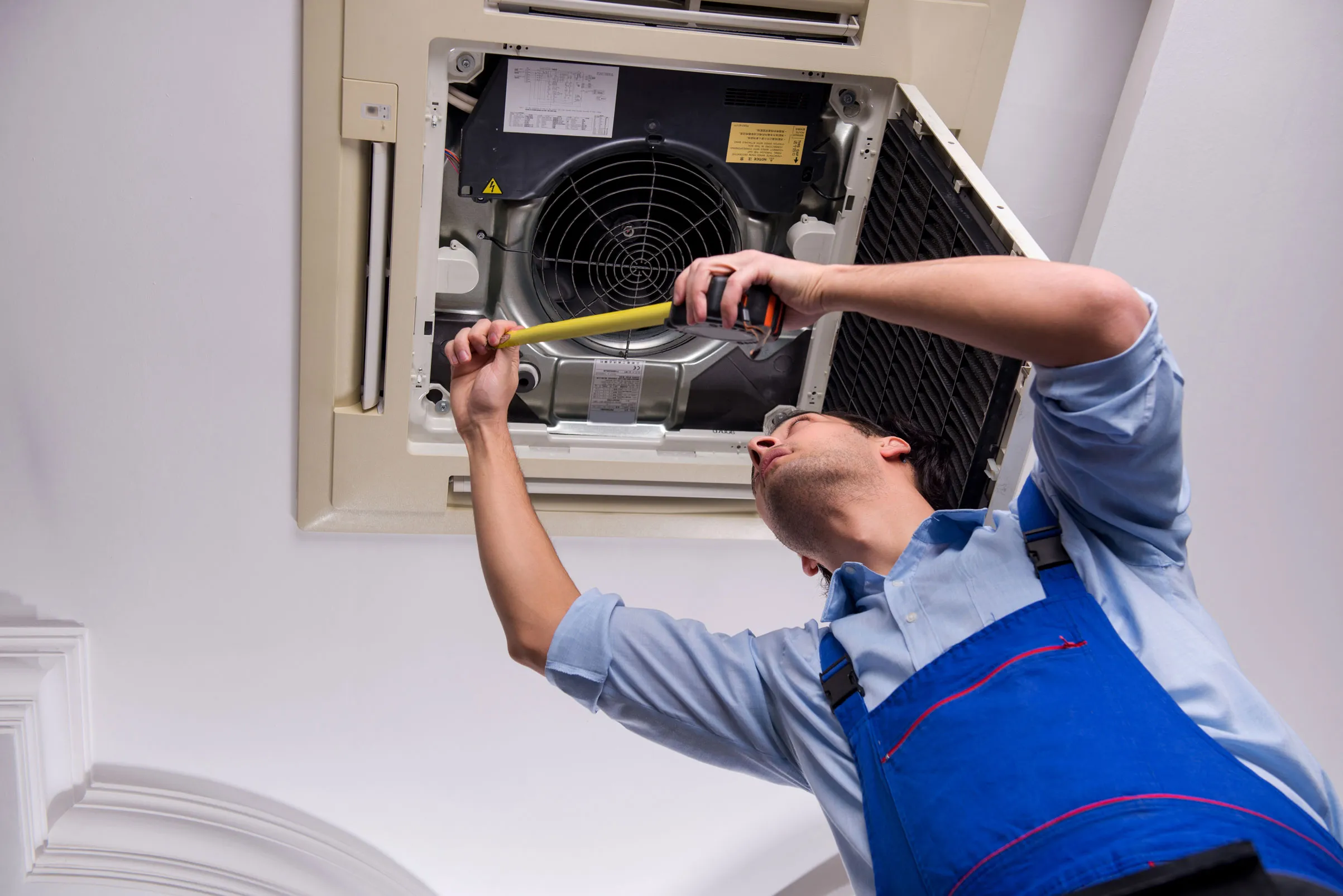
Fill out our online enquiry form or call us to speak with one of our experts
We’ll set up a short phone consultation, where you’ll have the opportunity to discuss what you would like and receive advice. Next, we will organise a time and date to visit your home or business, so we can tailor our recommendations to your unique needs.
Our professionals will visit and inspect your home or business at a time and date that suits you. During this site visit, we will confirm the size of the area to be air-conditioned, your building’s insulation, and the level of ambient and direct sunlight. These factorvs can impact the best choice in an air conditioner. Depending on our assessment, we will make an informed recommendation on the best air conditioner for your space and budget. Finally, we’ll provide a comprehensive quote.
We can schedule in a time that works for you to install your air conditioner. Our professionally qualified refrigeration technicians and electricians can manage every aspect of the installation, including the electrical installation.
Each air conditioning unit that is purchased and installed by us has a guaranteed 5-year warranty on parts and labour. What does this mean for you? If you encounter any problems within five years of our installation, we provide Redlands air conditioning repair for free.
No matter the size or scope of your project, Crown Power delivers a high-quality HVAC solution tailored to your building and business operations.
At Crown Power Air Conditioning, we believe every commercial space deserves a tailored climate solution. Whether you're building a new facility, expanding, or upgrading an old system, our expert team can guide you every step of the way.
Contact us today to organise a site assessment and receive a customised quote. We will help you design and install a commercial air conditioning system that delivers comfort, efficiency and peace of mind for years to come.